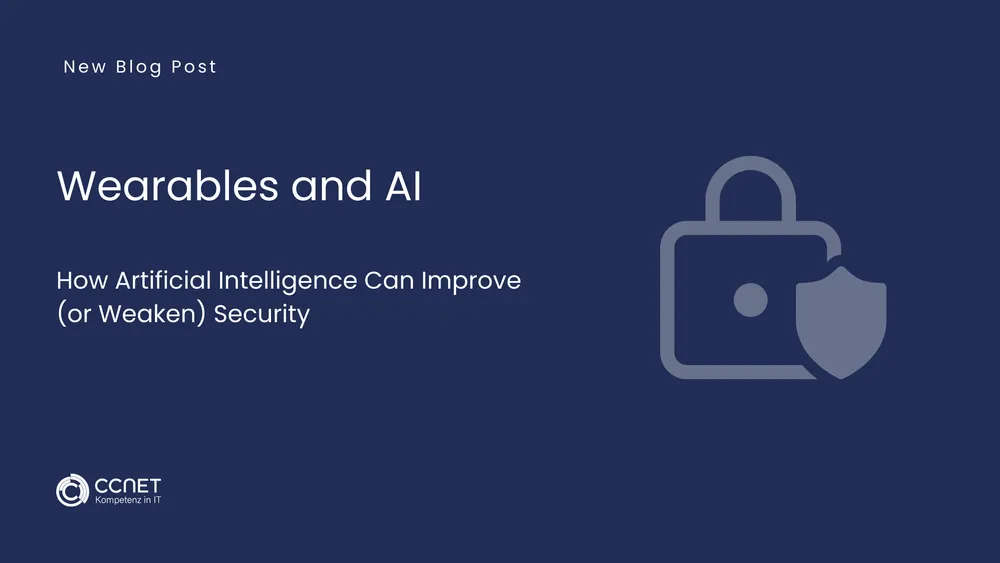
CCNet
Jul 11, 2025 • 2 min read

Pentesting for Wearables: Why security testing matter for smart health gadgets
Wearables have become a key part of digital healthcare. They collect sensitive health data, monitor vital signs, and enable remote medical supervision. But with this functionality comes a growing risk of cyberattacks. This is where penetration testing (pentesting) comes in: targeted security assessments that help identify and fix vulnerabilities early. This article explains why pentesting is essential for wearables and how it strengthens device security.
1. Why Is Pentesting So Important for Wearables?
Medical wearables process highly sensitive data. Without robust security measures, serious consequences may follow:
- Data Theft: Inadequately secured wearables can become targets for hackers who extract or manipulate patient data.
- Sensor Data Manipulation: Attackers could alter health readings, leading to misdiagnoses or incorrect medical decisions.
- Vulnerabilities in Communication: Wearables often sync data via Bluetooth or Wi-Fi—unencrypted or poorly implemented connections are especially prone to attacks.
- Attacks on Cloud Storage: Many wearables store health data in the cloud. Without regular security checks, attackers may exploit cloud infrastructure.
2. What Vulnerabilities Does Pentesting Reveal?
A comprehensive wearable pentest covers several security-critical areas:
a) Device Security
- Checking for insufficient encryption of stored data
- Identifying firmware vulnerabilities
- Testing for unauthorized manipulation options
b) Communication Security
- Analyzing Bluetooth and Wi-Fi security
- Intercepting and decrypting data packets
- Identifying potential man-in-the-middle (MITM) attacks
c) App and Backend Security
- Testing for vulnerabilities in mobile apps that interact with wearables
- Evaluating API security and access control mechanisms
- Assessing cloud storage for data leaks
3. Best Practices for Effective Pentesting in Wearables
To ensure maximum security for wearables, manufacturers and operators should adopt the following practices:
- Regular Security Assessments: Pentests should be conducted continuously, not just once.
- Involving White-Hat Hackers: Experienced ethical hackers can identify weaknesses and simulate real-world attacks.
- Secure Software Development: Many vulnerabilities can be avoided through secure coding practices and thorough code reviews.
- Frequent Firmware and App Updates: Discovered weaknesses must be addressed via timely patches and updates.
- Realistic Attack Simulations: Red teaming helps test defense mechanisms under realistic threat scenarios.
4. Conclusion: Pentesting as an Essential Security Factor
Without regular cybersecurity audits, wearables are easy targets for attackers. Manufacturers must embed pentesting into their development processes and educate users on the importance of updates. Only through proactive security strategies can wearables unlock their full potential—without putting personal health data at risk.
In the next article, we’ll explore another key topic:
“From Weakness to Strength – How Manufacturers Can Make Wearables More Secure.”


